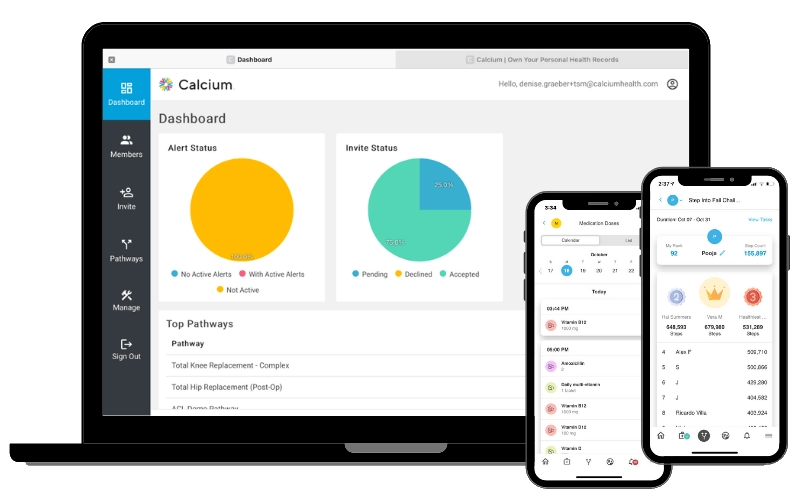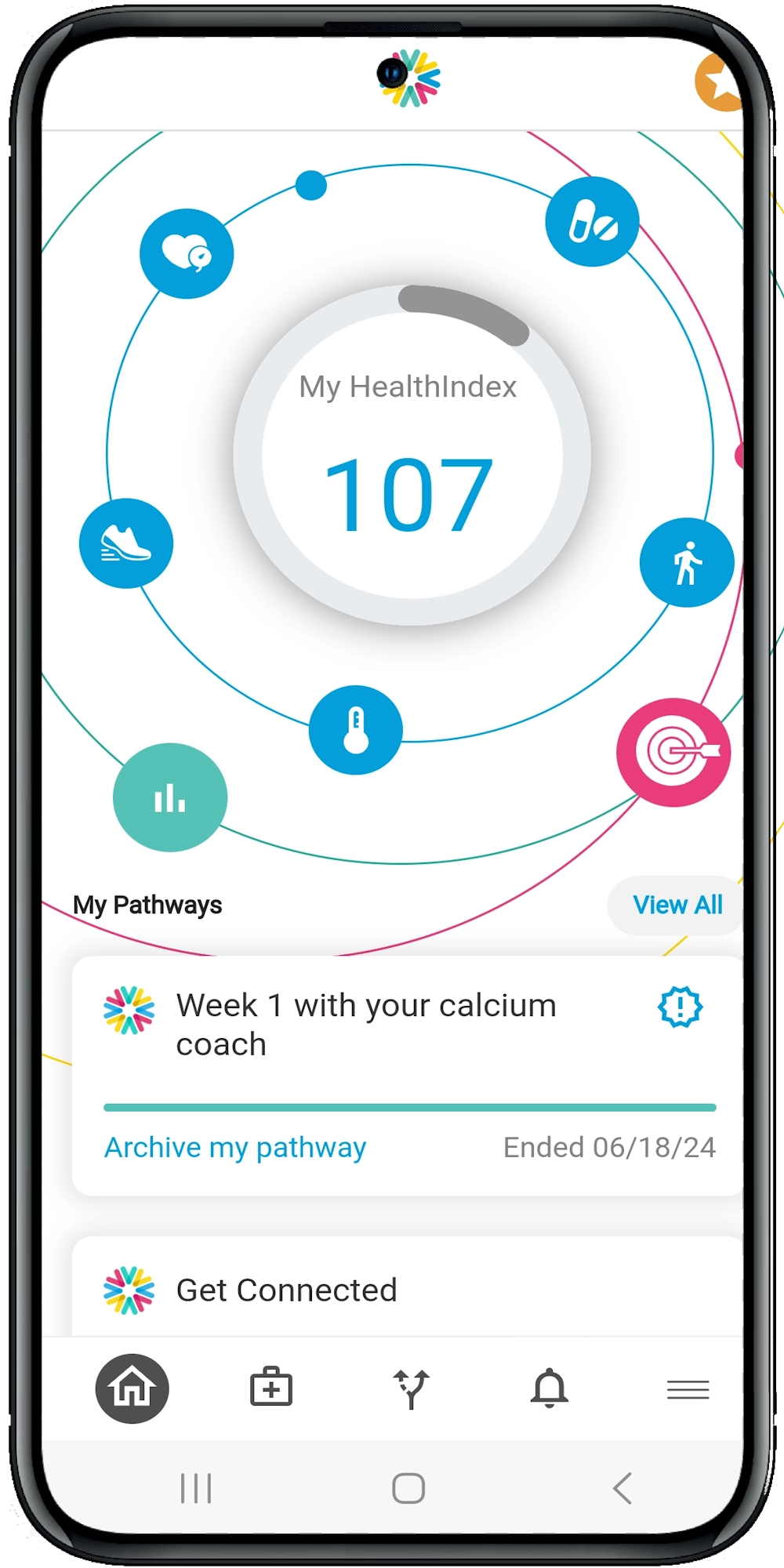Leveraging Digital Health for Comprehensive Cancer Care Plans
Understanding Digital Health in Cancer Care
Key Components of Digital Health in Cancer Care:
Electronic Health Records (EHRs): EHRs facilitate seamless information sharing among healthcare providers, ensuring that every team member has access to up-to-date patient data.
Telemedicine: Virtual consultations can make it easier for patients to access care, especially those living in remote areas or dealing with mobility issues.
Wearable Devices: These gadgets can monitor vital signs, physical activity, and even treatment adherence, providing real-time data to healthcare providers.
Mobile Health Apps: Apps can help patients manage their medications, track symptoms, and communicate with their care team.
Enhancing Patient Engagement and Education
Strategies for Enhancing Patient Engagement:
Interactive Education Modules: Use mobile apps or online platforms to offer educational content tailored to the patient’s specific type of cancer and treatment plan.
Symptom Tracking: Encourage patients to use apps to log their symptoms, which can help in early detection of complications and timely interventions.
Virtual Support Groups: Facilitate online communities where patients can share their experiences and support each other, fostering a sense of belonging and reducing feelings of isolation.
Streamlining Care Coordination
Tools for Better Care Coordination:
Shared EHRs: Ensure that all team members have access to the same patient records, reducing the risk of errors and duplicative tests.
Teleconferencing: Use virtual meetings to discuss complex cases and treatment plans, making it easier to collaborate and make informed decisions.
Task Management Software: Implement digital tools to assign and track tasks, ensuring that nothing falls through the cracks.
Optimizing Treatment Plans
Methods for Optimizing Treatment Plans:
Data Analytics: Utilize data analytics to identify patterns and trends that can inform treatment decisions, such as predicting which patients are more likely to respond to specific therapies.
Genomic Testing: Incorporate genomic data into EHRs to personalize treatment plans based on the patient’s unique genetic makeup.
Clinical Decision Support Systems (CDSS): Implement CDSS to provide evidence-based recommendations and alerts, helping clinicians make more informed decisions.
Improving Monitoring and Follow-Up Care
Techniques for Improved Monitoring:
Remote Monitoring: Use wearable devices to continuously track vital signs and other health metrics, allowing for early detection of potential issues.
Automated Reminders: Set up automated reminders for follow-up appointments, medication refills, and other critical tasks to ensure adherence.
Virtual Check-Ins: Conduct regular virtual check-ins with patients to discuss their progress and address any concerns, reducing the need for frequent in-person visits.
Addressing Challenges and Barriers
Common Challenges and Solutions:
Digital Literacy: Provide training and support to both patients and healthcare providers to ensure they can effectively use digital health tools.
Data Security: Implement robust security measures to protect patient data and comply with regulations such as HIPAA.
Integration: Ensure that different digital health tools can seamlessly integrate with existing systems to avoid fragmentation and inefficiencies.
Summary and Suggestions
Digital health tools have the potential to revolutionize cancer care by enhancing patient engagement, streamlining care coordination, optimizing treatment plans, and improving monitoring and follow-up care. By leveraging these technologies, healthcare professionals can provide more comprehensive and personalized care to their patients.
Ready to explore more? Check out our other resources or schedule a demo to learn how our digital health platform can transform your cancer care plans.





